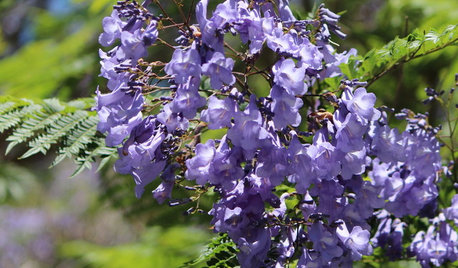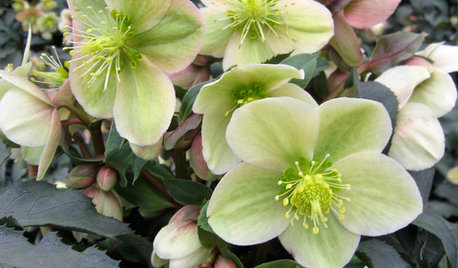Biting Satsuma Plum Tree Leaves
yodiana
12 years ago
Related Stories

FRUIT TREESHow to Grow Your Own Juicy Plums
Easier than other stone fruits and with a variety of colors to choose from, plums are a versatile garden addition
Full Story
EDIBLE GARDENSHow to Grow 10 Favorite Fruit Trees at Home
Plant a mini orchard in fall, winter or early spring to enjoy fresh-off-the-tree fruit the following year
Full Story
GARDENING GUIDESHow to Keep Your Citrus Trees Well Fed and Healthy
Ripe for some citrus fertilizer know-how? This mini guide will help your lemon, orange and grapefruit trees flourish
Full Story
CALIFORNIA GARDENINGCalifornia Gardener's July Checklist
Bite into tree-fresh apricots, inhale delightful garden perfumes and continue planting vegetables for a late-summer harvest
Full Story
FARM YOUR YARDIf You Have Room for Only One Fruit Tree ...
Juice up a small garden with one of these easier-care or worth-the-effort fruit trees for a mild climate
Full Story
EDIBLE GARDENSHow to Add an Apple Tree to Your Edible Garden
Readily available, beautiful and fragrant, apple trees offer four-season interest along with crisp, juicy fruit
Full Story
LANDSCAPE DESIGN7 Great Trees for Summer Shade and Fall Color
These landscape-pro faves straddle the seasons beautifully. Could one enhance your own yard?
Full Story
FRUIT TREESHow to Grow Your Own Persimmons
Sturdy and easy to care for, these trees offer bright fruit through winter — and keeping them in bounds is no sweat
Full Story
TREES11 Japanese Maples for Breathtaking Color and Form
With such a wide range to choose from, there’s a beautiful Japanese maple to suit almost any setting
Full Story
WINTER GARDENINGGreat Design Plant: Gold Collection Hellebores Perform Like Stars
Exciting colors, longer bloom times, forward-facing flowers ... These hybrids leave old hellebores in the dust
Full StoryMore Discussions







fruitnut Z7 4500ft SW TX
yodianaOriginal Author
Related Professionals
Edmond Landscape Architects & Landscape Designers · Mountain Brook Landscape Architects & Landscape Designers · Seabrook Landscape Architects & Landscape Designers · Taylorsville Landscape Architects & Landscape Designers · Wixom Landscape Architects & Landscape Designers · Jackson Landscape Contractors · Medford Landscape Contractors · Annandale Landscape Contractors · Darien Landscape Contractors · East Haven Landscape Contractors · Fishers Landscape Contractors · Hannibal Landscape Contractors · River Ridge Landscape Contractors · Salmon Creek Landscape Contractors · Spring Landscape Contractorsfruitnut Z7 4500ft SW TX
creekweb
yodianaOriginal Author
creekweb
yodianaOriginal Author
creekweb
jean001a
yodianaOriginal Author
yodianaOriginal Author
yodianaOriginal Author
jmorse33
creekweb
blazeaglory